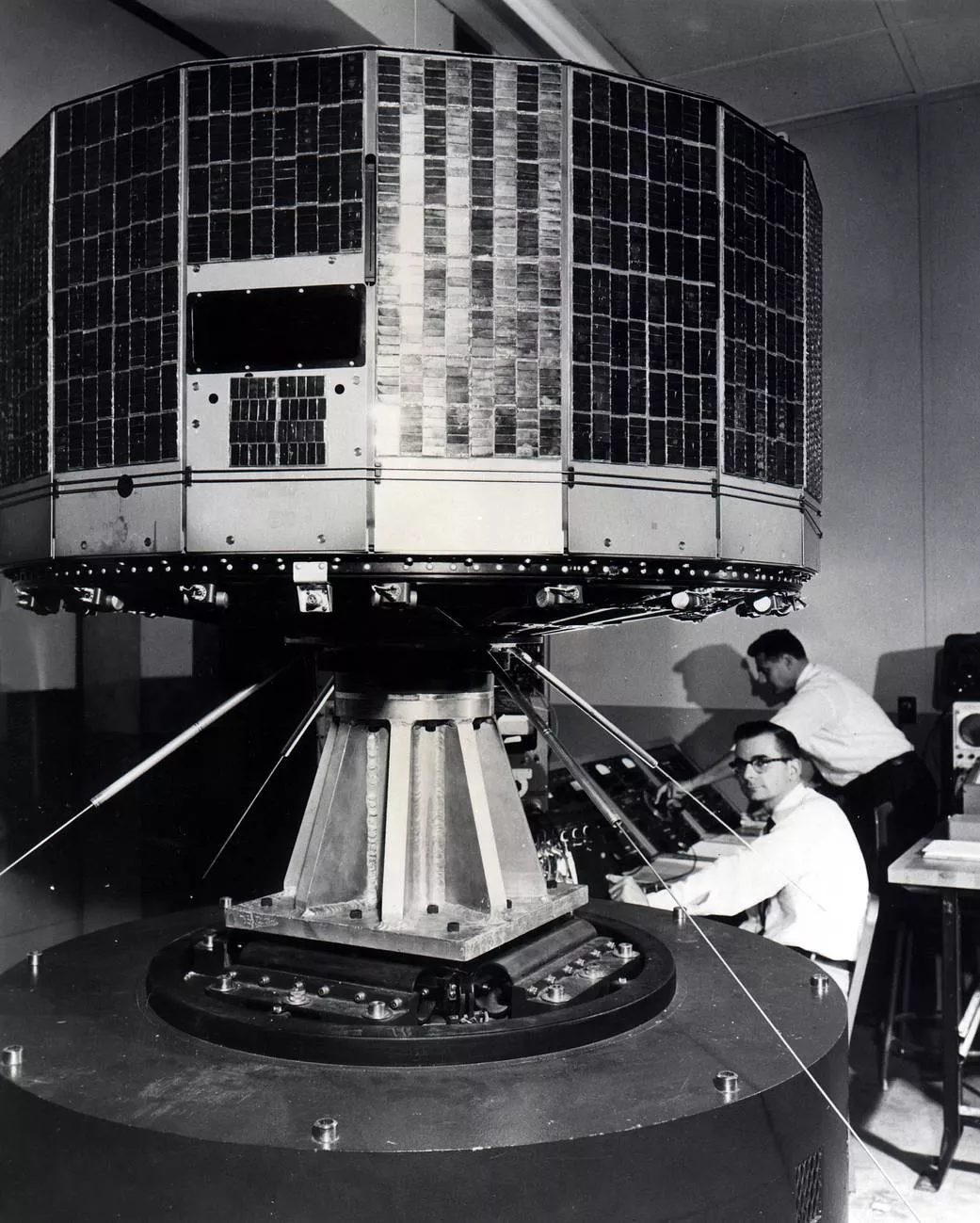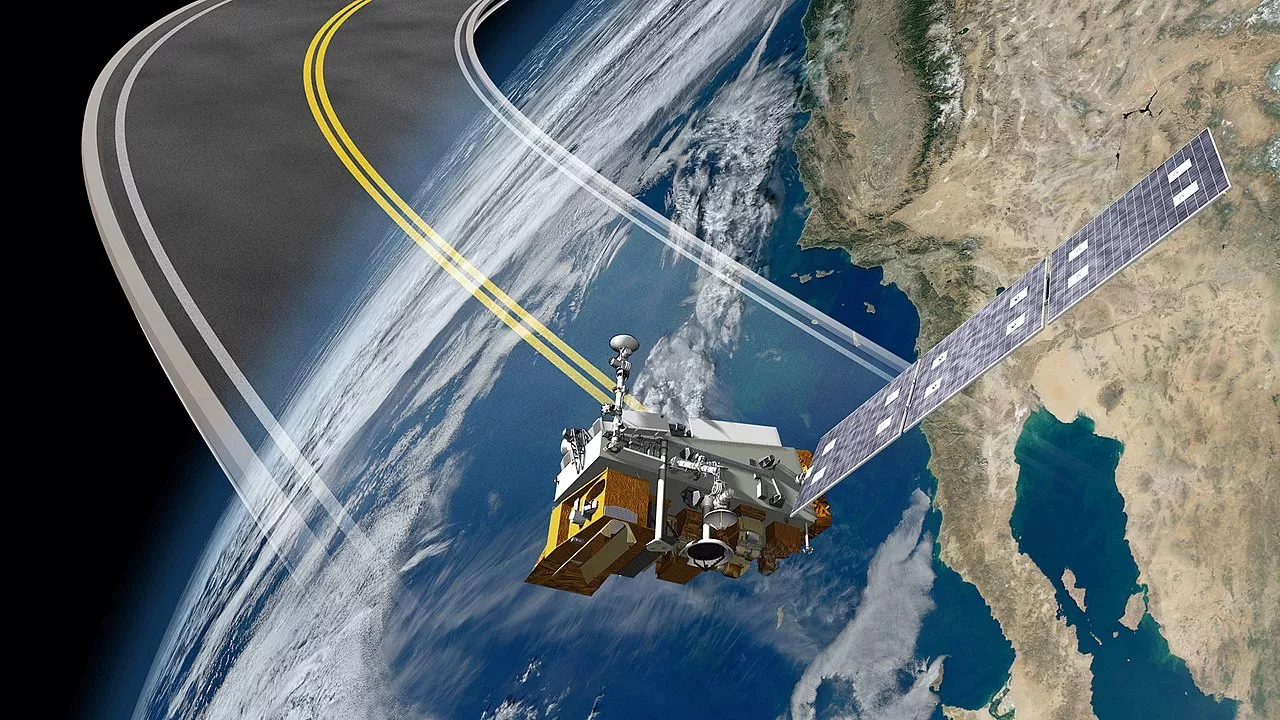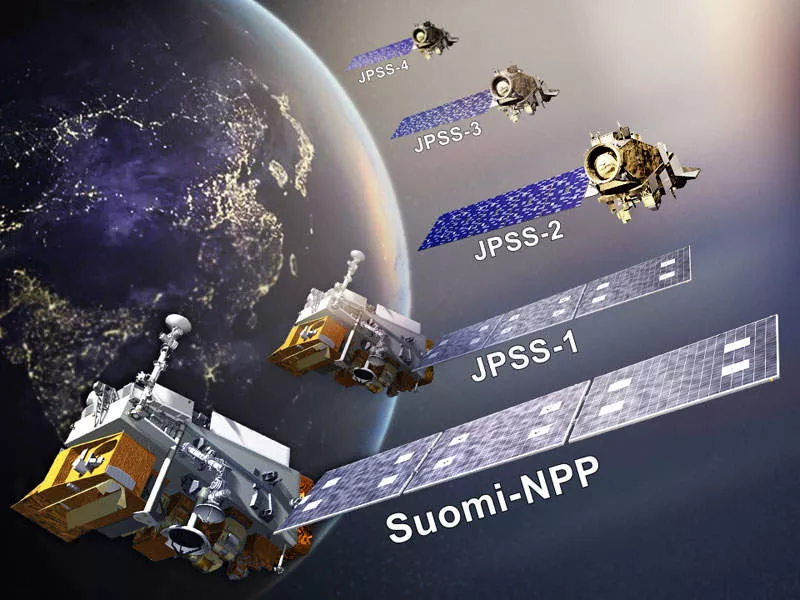Program Objectives & Goals

The Technology Maturation Program (TMP) aims to increase the options available to NOAA mission planners, leading to lower cost, higher performance, and faster time to data availability for space-based environmental observing systems. Collectively, these factors will result in operational performance improvement across all of NOAA. To accomplish this goal, TMP monitors emerging research and identifies areas where limited funding support from NOAA can materially accelerate the operational readiness of a technology. TMP works closely with NOAA’s Center for Satellite Applications and Research (STAR) and heavily leverages NASA investments, to introduce early stage concepts and to inject (flight testing) NOAA-matured technology into flight projects. TMP’s success as a program is achieved when NOAA adopts technology that was matured by the program.
TMP will enhance NOAA’s environmental observing capabilities by increasing the agility, cost-efficiency, and, performance of its systems, and enhancing operational observations of the Earth system, all while lowering the constellation risks. Agile, low-cost and highly capable observing systems will reduce risks in any future, planned critical observing systems infrastructure.
Scope
Aligning emerging technology with NOAA’s needs is the first step in the technology maturation process. Two things are needed for an emerging technology to be a good candidate for NOAA TMP support. First, the technology must have a clear relevance to a possible NOAA observing system. Second, the technology must lack the funding resources to be matured in a timely fashion as needed by NOAA.
Satellites and instruments used for collecting environmental information at NOAA are often large and expensive. TMP addresses this issue by seeking capabilities to produce smaller, more efficient satellites and instruments. TMP aims to demonstrate that these miniaturized systems can accomplish a vital task: collecting our nation’s weather data. To accomplish this goal, TMP is exploring how smaller and simpler technology can contribute to NOAA’s mission, and optimize existing systems and future projects that have already been approved.
Partners

MP helps to get the highest quality weather data for the best value by researching technology developed by the National Aeronautics and Space Administration (NASA), the Department of Defense (DoD), as well as other government and academic institutions. TMP is a collaborative effort engaging experts from NOAA’s Center for Satellite Operations and Research (STAR), and external partners including NOAA’s network of Cooperative Institutes, Federally Funded Research entities and Development Centers. TMP also seeks cooperation with international partners, often to gain greater value to NOAA from partner satellites.
Potential

TMP is committed to finding the best avenues for building satellites and instruments that fulfill NOAA’s mission. Innovation is an essential component of resilient, sustainable business practices that yield consistently positive mission benefits. Innovation requires departure from established norms and practices, and NOAA accepts some risk in applying those changes. Technology-driven disruption is changing all aspects of NOAA’s mission at an ever increasing pace, and as a technology driven organization NOAA must adapt to maintain and improve the agency’s performance and relevance.
Frequently Asked Questions
American taxpayers spend billions of dollars each year on weather satellites. These satellites are often massive, complex systems that at any given time are a moment away from disaster by an unexpected meteoroid or debris. One satellite can take over 10 years to develop and test, so by the time that satellite is in space, the technology is already outdated.
TMP aims to mitigate these risks by harnessing newer technology to support NOAA’s adoption of newer, smaller, and more efficient satellite technology. For example, TMP will test the capabilities of satellites such as cubesats, to support NOAA’s Earth observation needs. Cubesats are smaller, much less expensive observing systems, which are potentially just as powerful as the larger, complex satellites NOAA currently uses for climate monitoring and weather prediction.
- Access Innovations: TMP utilizes innovative technology developed by the program’s partners to suit NOAA’s need for low cost, highly reliable technology. When one of NOAA’s partners, like NASA, develops a new technology, TMP tests and determines whether and how this new technology can be used to advance NOAA’s mission.
- Close Gaps: Satellites either fail or are decommissioned over time, which can threaten the quality of NOAA’s work. Big satellites take a long time to develop, often over ten years, which can make failed satellites difficult to replace. For this reason, NOAA needs satellites that are quick and cheap to replace. This is where TMP can help. A satellite that can be quickly put in space can replace an important capability that is lost, ensuring the smooth continuation of NOAA’s important work. Faster replacement cycles, with fresher technology, and faster on-orbit replacement is an important goal of TMP.
- Reduce Costs: Projects with the potential to preserve capability at lower cost should be subjected to a life-cycle deployment analysis and categorized as an alternative to existing systems. TMP conducts preliminary analyses preceding initial funding, which can be refined as technical success is achieved. A business case and return on investment (ROI) analysis are currently being conducted in Fiscal Year (FY) 2019 with plans to conduct ROI analyses for all future TMP proposed studies.
NASA is constantly developing new ways for us to learn about the Earth’s oceans and the atmosphere, which helps answer important questions for NOAA and optimizes the agency’s satellite services. However, while NASA is focused on scientific exploration, NOAA requires regular, reliable and low-cost access to space-borne information. Through TMP, NOAA can expand and optimize NASA’s innovations and make them ready for ongoing use. While the missions of NASA and NOAA may differ, TMP allows the two agencies to work collaboratively to leverage investments and achieve greater national benefit.
Program formulation is the first phase under the Technology Maturation Program (TMP); under formulation, funded projects typically assess the feasibility of the budgeted technology. TMP focuses on satellite and instrument technology and the exploitation of space-borne data. This includes concepts that may have high potential for use in a NOAA application, has already been or is being initially developed, and requires NOAA support to further demonstrate merit. TMP does not support efforts that have been committed to deployment in NOAA. The formulation phase may take a space technology to a maturity level of Technology Readiness Level TRL 6 or a ground technology to a maturity level of TRL 5.
Technology Readiness Levels (TRL’s) are defined as a systematic metric/measurement system that supports assessments of the maturity of a particular technology and the consistent comparison of maturity between different types of technology. To understand precisely how TMP will meet program goals and objectives, an understanding of the TRL life-cycle is further explained below. (Read NASA official definition on the NASA - ESTO website as well as in the NASA Procedural Requirements (NPR) 7123.1B. (Appendix E contains the specifics about the Technology Readiness Levels, how they are applied to both hardware and software, and the what needs to be done to advance from one TRL stage to the next.)
- Basic Technology Research (TRL 1 through TRL 2)
At this stage, concepts are being fleshed out, and background research is being done to determine the goals of the project. Most of this has already be done for TMP has taken on a project. - Research to Prove Feasibility (TRL 2 through TRL 4)
During this stage, many crucial planning questions are answered. The question of ‘Is this worth it?’ is answered. The cost of taking on the maturation of a technology, and the expected benefits of that technology, once it is in operations, are compared against each other. Then the question of “How might this be done?” is addressed. Scientist and engineers determine what resources might be needed in order to make the technological concept a reality. It’s around this stage where TMP gets involved. - Technology Development (TRL 3 through TRL 6)
It’s this stage where the concepts become reality. New satellite sensors come to life. New methods of data collection and interpretation are developed and tested. This is point marks the end of TMP’s involvement with the technology. Small tests are done to make sure that the technology works as planned. TMP does not support operational prototype development, deployment or operations. From here NASA will take over guiding the tech through the remainder of its life-cycle. - Technology Demonstration (TRL 5 through TRL 7)
At this stage, a final operational demonstration is done to showcase the capabilities of the new technology in a controlled, relevant setting. - System/Subsystem Development (TRL 6 through TRL 9)
At this point in its life-cycle, operational prototypes are being developed. The technology could be a whole platform meant to provide something new to NOAA, or a small add-on to an existing platform that improves NOAA’s existing capabilities. - System Test, Launch, and Operations (TRL 8 through TRL 9)
This is the final stage of the technology life-cycle. System integration and testing is when all the pieces of the newly developed technology are brought together to test just before launch. This stage typically takes place at the launch sites in a clean room if the technology in question is a satellite.